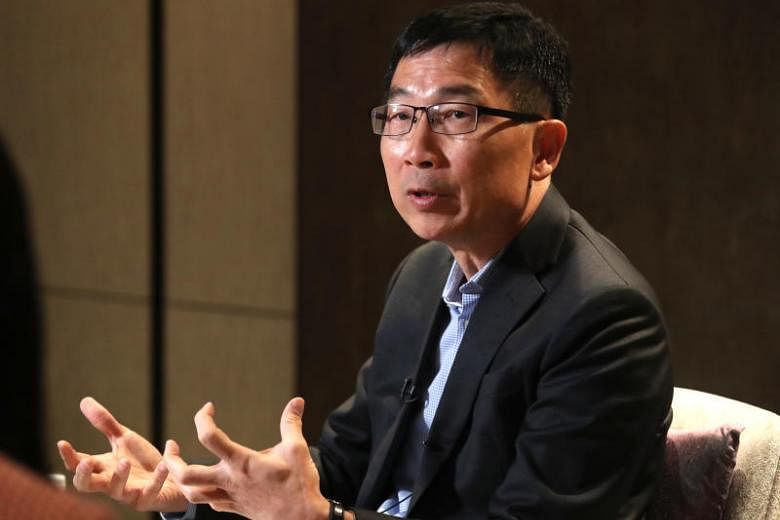SINGAPORE - Due to the rapid growth of technology, new challenges as well as opportunities will arise, and organisations like the Defence Science and Technology Agency (DSTA) need to be "adaptable and agile" to keep up.
Speaking on the third and final day of the Singapore Defence Technology Summit on Friday (June 28), DSTA chief executive Tan Peng Yam said: "We recognise the importance of incorporating advanced technology for Mindef (Ministry of Defence) and the SAF (Singapore Armed Forces). To do this well, we need DSTA to be adaptive and agile, and able to embrace commercial technology."
He said that technological development is taking place across all industries at great speed, and there is increasingly a blurring of lines between the commercial and military uses of equipment and platforms.
"The key challenge for both defence as well as non-defence organisations, is how fast we can harness all this advanced technology, innovate and translate them into robust capabilities."
The three-day summit held at Shangri-La Hotel Singapore was hosted by the DSTA, and was attended by around 400 people from Singapore and overseas, including defence technology policymakers, chief executive officers and chief technology officers from the industry and thought leaders from academia and think-tanks.
Topics discussed included areas such as artificial intelligence, sensors and drones pioneered by the military but adopted for commercial use.
Mr Tan said that organisations like the DSTA must be able to collaborate with organisations, start-ups and academia, to put in place systems and processes that use technology.
He said there is also a need to attract talented people who can understand things like artificial intelligence and autonomy, so they can create "enduring architecture" to meet the needs at hand.
"We don't know all the innovation, so we have to reach out, not just in the defence ecosystem, but to go out to the commercial side as well," he said. "You find that in this tech summit we have a lot of people from start-ups and they are not necessarily in defence."
Mr Tan also said that 400 of DSTA's engineers are trained in design innovation, and "many of our people" are trained in how to incorporate "cyber-safe design" in many of the systems being created.
He said the army's latest armoured fighting vehicle, the Hunter, illustrates such innovation.
Commissioned by Defence Minister Ng Eng Hen on June 11, it was developed by the DSTA with the Singapore Army and ST Engineering.
Mr Tan added: "If you look at the interior battlefield management system - we call it the integrated cockpit - actually it's adapted from a fighter aircraft cockpit."
Mr Tan added that there is also a move towards using data analytics and the Internet of Things to detect system anomalies, so as to conduct predictive maintenance. This will reduce the manpower count and operating costs.


